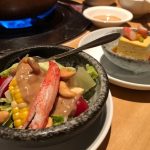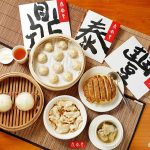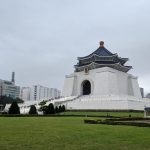Taipei Traveling Tips
Taipei is the capital of Taiwan. Located in the northern part of the country, it’s comprised of twelve districts with a total population of around 2.7 million. It’s the cultural, financial, and political center of the island so any first-time visit to Taiwan should begin here. And we’re here to help you get some Taipei traveling tips.
There are many things to love about Taipei like its night markets and many museums. But beyond its attractions, what makes Taipei so alluring is the city itself. With conveniences like a cheap but incredibly efficient metro system and its plethora of well-maintained public parks, it’s a city that clearly puts its people first. These Taipei traveling tips will help you discover the city in the best way!
BEST TIME TO VISIT TAIPEI
Generally speaking, Taiwan enjoys mild weather year-round with an average temperature of about 23°C (73°F). The rainiest months are from May to September, with June to August being the height of typhoon season. Avoid those months at all costs. If you visit Taipei during that time, you can’t go to a single night market because it was raining hard every night. Night markets are a big part of the Taiwan experience so you don’t want that to happen to you. Ideally, one of Taipei traveling tips is to shoot for late October to March if you can. The weather is cool and dry and air pollution is at a minimum.
OCT-MAR
The weather in Taipei is most pleasant from around the end of October to March. This is the driest time of the year and temperatures are relatively mild. Spring is the time to go if you’d like to catch the cherry blossoms. They’re notoriously difficult to predict but shoot for around February till mid-March. Some forecasts say April but that may be too late. This is a really good one among the Taipei traveling tips that we will give you later.
APR-SEPT
As advised, it’s rainier, warmer, and more humid during these months so it’s best to avoid them if you can. Temperatures often exceed 30°C (86°F) during the summer and it gets uncomfortably humid as well. June till August is the height of typhoon season while September is the rainiest month. Avoid that stretch at all costs because it sucks having to stay indoors and not be able to go to a night market.
Climate: Annual Monthly Weather in Taipei
To help you better understand the weather in Taipei, we’ve included average temperature and annual rainfall graphs below. Suggested months to visit are indicated in orange.
Average Temperature
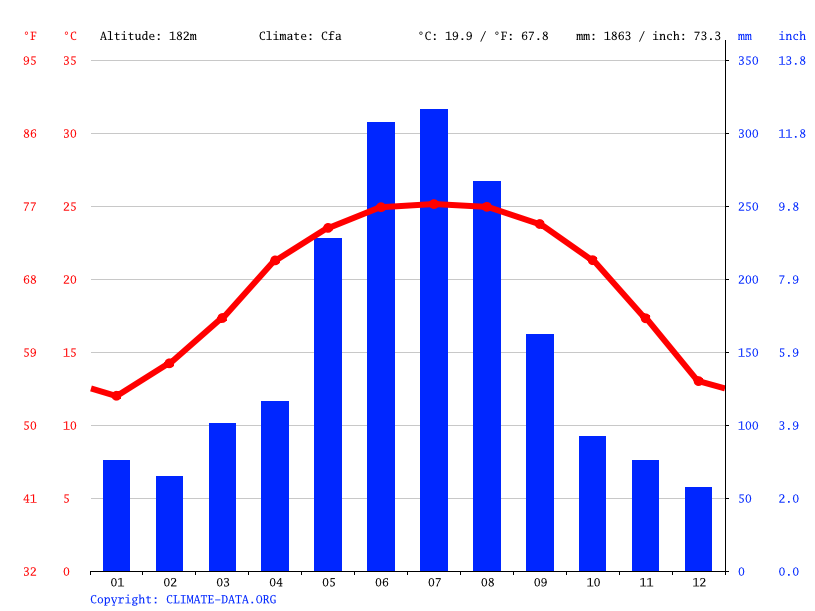
Annual Rainfall
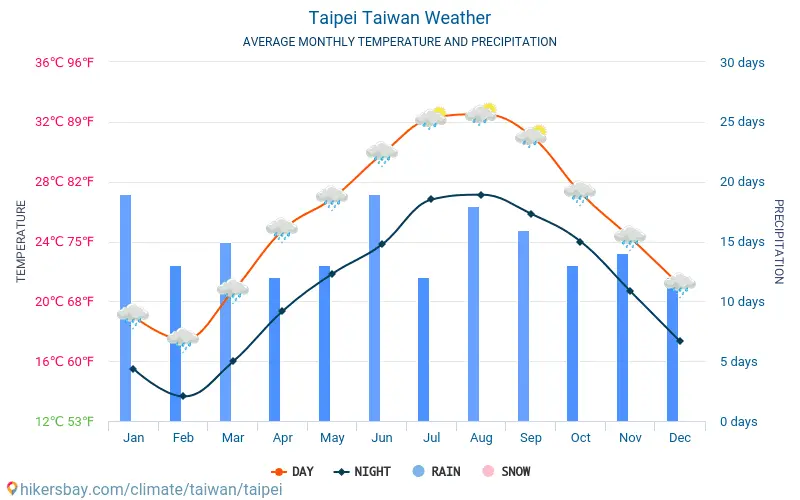
TRAVELING TO TAIPEI
Most travelers to Taiwan will be arriving by plane. Taipei has two international airports — Taoyuan and Songshan — but the vast majority of international flights are served by Taoyuan. You can get to the city from Taoyuan Airport by MRT, bus, taxi, or private transfer.
BY MRT
The airport MRT is the fastest way to get into the city from Taoyuan Airport. It takes about 35 minutes to get to Taipei Main Station from either terminal 1 or 2. The fare is NTD 160 with trains running from 6:12 AM until 10:42 PM. From Taipei Main Station, you can continue on the MRT to the station nearest your hotel.
BY BUS
The Kuo-Kuang Bus (Taiwan Bus Corp.) is a good alternative to the MRT, especially if you’re arriving late in the evening. After going through immigration and collecting your luggage, proceed to the city bus ticketing counters. Kuo-Kuang Bus 1819 operates 24 hrs and will take you to Taipei Main Station for NTD 140. From Taipei Main Station, you can then take a taxi or the MRT to your hotel. If you plan on going back to Taoyuan Airport by Kuo-Kuang Bus at the end of your trip, then you can purchase roundtrip tickets in advance through Kkday for just NTD 240.
BY PRIVATE TRANSFER
The most comfortable option among all these Taipei traveling tips would be to go by airport transfer which you can book through Kkday. They offer private transfer options for up to 3 people and up to 8 people, starting at NTD 808 and NTD 1,158 respectively.
BY TAXI
Taoyuan is around 45 minutes away from the city center so a taxi will be expensive, around NTD 1,000-1,200 depending on traffic. This should be your last resort.
WHERE TO EXCHANGE CURRENCY
Taiwan’s unit of currency is the New Taiwan Dollar (NTD). Changing currency is less stressful in Taiwan because currency exchange services are strictly regulated by the government. Here, you exchange your currency at banks. You won’t find any independent money changers in Taiwan like you would in other Asian countries, which is a relief.
It’s best to exchange your currency at big local banks like the Bank of Taiwan, China Trust Bank, or South China Commercial Bank.
Alternatively, you can also withdraw NTD from an ATM. The rates are competitive. Just be sure to advise your bank you’ll be using your ATM card overseas so you don’t run into any problems. There are many visitors saying that their ATM card works in some machines but not in others.
WHERE TO STAY IN TAIPEI
We find the Ximending area in Wanhua District to be one of the best and most convenient areas to stay. It’s a fun and lively commercial area with plenty of shops, restaurants, and cafes. To be honest, deliberating on which area to stay matters less in Taipei because the public transportation system is excellent. The MRT is so convenient that it almost doesn’t matter where you stay.
Here are the two places we find quite suitable to stay in Taipei, as well as a brief description of other notable areas to consider.
XIMENDING (WANHUA): AirBnB Rental
As described, Ximending in Wanhua District is a fun neighborhood with lots to see and do. It’s an energetic neon-lit environment that’s often referred to as the “Harajuku of Taipei”. For travelers who enjoy being close to plenty of food options, Ximending is one of the best areas to stay in Taipei. Conveniently, walk a little south and you’ll find yourself in a starkly less commercial and more historical part of town. A mere 15-minute walk from trendy Ximending is some of Taipei’s most popular cultural attractions, like Longshan Temple and Bopiliao Historical Block.
DATONG: Dong Wu Hotel
Dong Wu Hotel looks like it’s stuck in the 80s so it doesn’t get a lot of style points. Where it does excel though, is in comfort and size. The rooms here are big and very comfortable. There’s a Family Mart at the corner and Daqiaotou MRT Station is just minutes away. Notable attractions in Datong District include the Museum of Contemporary Art (MOCA), Ningxia Night Market, and Dihua Street with its Japanese colonial and Qing dynasty architecture and Chinese herbal shops.
Other Districts to Consider
If you don’t think either of these areas is right for you, then you can check the list below. Aside from the two mentioned above, the remaining central districts in Taipei are Zhongzheng, Xinyi, Zhongshan, Da’an, and Songshan. There are five suburban districts as well but those may be too far away to be convenient, especially if it’s your first time in Taipei. Here’s a brief description for each of the remaining central districts:
ZHONGZHENG: Central; close to Taipei Main Station, Chiang Kai-shek Memorial Hall, Huashan 1914 Creative Park
XINYI: Modern financial district; upscale shopping with lots of restaurants; close to Taipei 101
ZHONGSHAN: Older luxury hotels; many riverside parks; close to Taipei Fine Arts Museum, Xingtian Temple
DA’AN: Modern “green” district; quieter neighborhoods; close to Da’an Forest Park, Shida Night Market
SONGSHAN: More residential area; close to Raohe Night Market
We hope that these Taipei traveling tips can help you enjoy the city in the best way! Find out more here.











